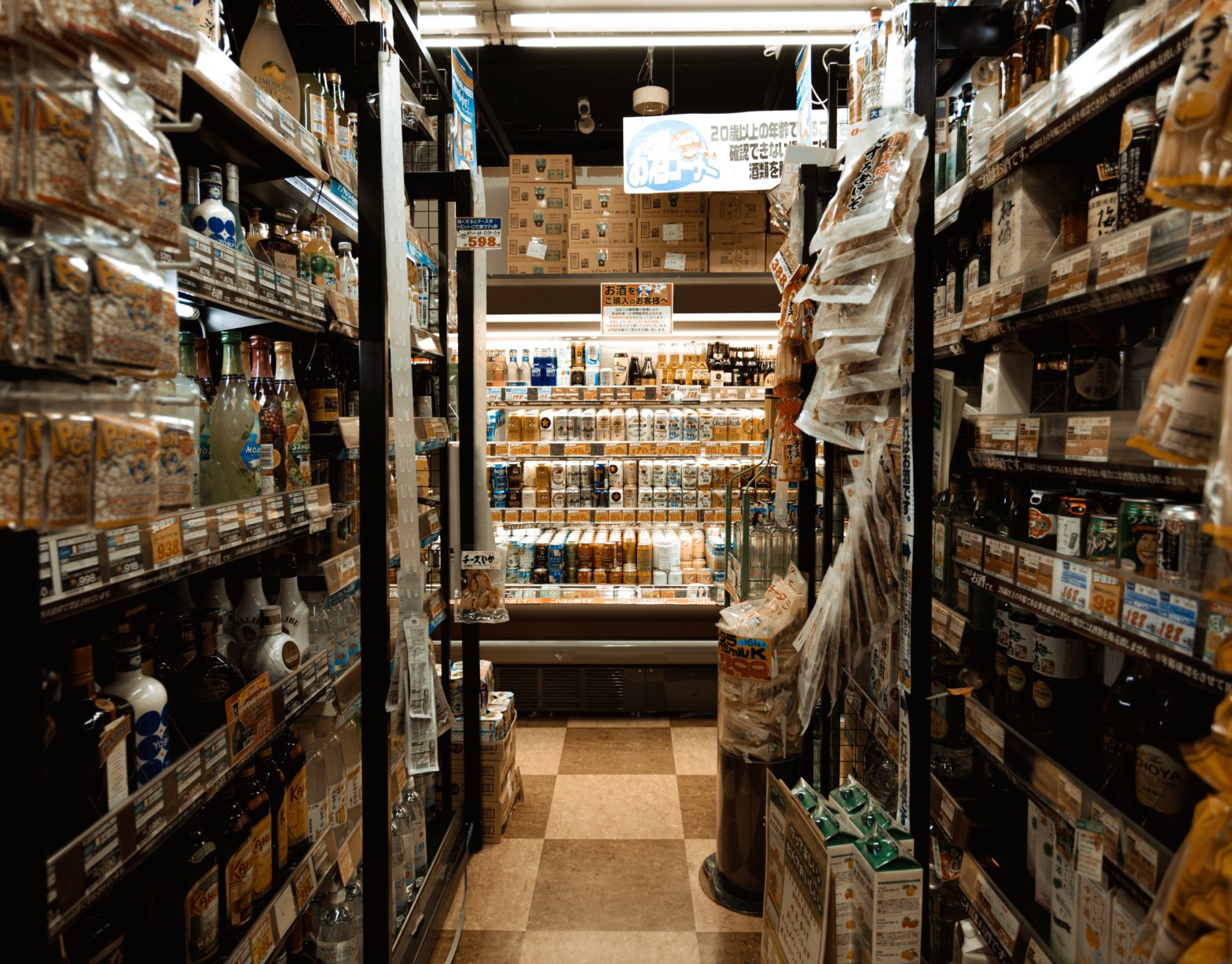First prompt: think about your favourite food, or a unique food you like, and incorporate it in a piece of fiction or creative non fiction. If writing fiction, you could play with POV and try to write the story from the point of view of the food itself, or even from each of the ingredients. If writing non fiction, explore the emotions, memories, people and everything in between that comes to mind when thinking of that food.
Second prompt: Think about how to incorporate food into a piece of art or photography. Steer away from still life and standard food photography, and instead try to capture what food looks like in a natural, unposed everyday setting. With this image/artwork, try to convey something about your food habits at the same time.
Third prompt: Reflect on how food and eating can offer a metaphor for a poem. If you are writing about emotions, which states of mind can be conveyed by the action of eating / not eating? If you are writing about routines, what about the cyclical nature of eating and of the meals themselves can help you convey the repetitiveness of life?
Spellbinder submissions for the Summer 2023 Issue (publ. July 2023) are open until May 14th. We have shared some prompts on our social media channels during the past weeks to boost your creativity and imagination while submissions are open. This Spring, we prompt you to think creatively about food. We all have favourite meals, addictive snacks, and food we can’t stand to even be near. Food has such an emotional influence on everyday life, and is therefore extremely useful as a way to convey emotion in art.
Animating food to the point of first-person narration is a fun way of exploring the journey of our food from farm to plate. If an avocado could talk, would it confess to all the agricultural warfare it has witnessed? Would it describe the fear it has of the drought season? If you tried to type a bar of chocolate’s autobiography, would it contain flashbacks to when it felt guilt from being a product of corrupt industrial capitalism, would it confess with a sob that it only exists because of modern day slavery? Perhaps it would wish, more than ever, that it could change its identity and be a fair-trade bar of chocolate. Playing with POV is a great entrypoint into a story, saying more about the people who farm and consume the food than the food itself.
In non-fiction, the potency of food relies on the specifics. Think of the smell, the flavour, the texture, even the sound of the food. Does the crackle-pop of rice bubbles remind you of your childhood? Does the reeking smell of blue cheese haunt you, taking you back to a certain period of your life? Food is an excellent means of inviting the reader deeper into your narrative.
In art and photography, the iconography of food can offer so much meaning. Food is as much of a visual experience as it is taste – we eat with our eyes, after all. What does it mean to see a burrito wrapper lying on the floor next to the bin, not in the bin? And what about the endless aisles of colourful boxes in the grocery store, their bubbly fonts and squares of nutritional information? Eating is such an inextricable part of life that images such as these suggest so much about our consumerist role in this world and behaviour towards our planet. The natural aspect of food versus its commercial value is especially intriguing. Consider even an orange tree with no oranges – but a bottle of orange juice beneath it.
In poetry, too, food is incredibly emblematic of the human experience. In one of my favourite poems, Love After Love by Dereck Walcott, Walcott writes, “Eat. / You will love again the stranger who was your self. / Give wine. Give bread. Give back your heart,” creating a ritualistic mode of self-love through images of food. In this example, food has a religious significance, reframing the arduous habit of looking after oneself so that it becomes more joyous, more devotional. In poetry, every detail is significant – to not eat is neglectful, empty, conveys scarcity. To eat is indulgent, rich, sensuous.
Food is what keeps us alive – have a go at allowing it to give life to your art, too! Let us know how you go and if you make any new discoveries about your creative process. Good luck!
Hopefully, these tips, examples, and exercises have provided some inspiration. As always, let us know how to get on!
Psst… our submissions are still open until May 14th, so why not submit your food-related writing and art? We would love to read anything you produce based on the above prompts, so please don’t hesitate to check out Spellbinder’s submission guidelines and submit your works through our submission form.
Bruna Gomes, Fiction Editor
Featured image by Aleksandar Pasaric on Pexels
This blog post, along with many others, is also available to read on our Medium channel.
If you don’t follow us on social media already, you can find us on the following platforms:
Instagram
You can also listen to our seasonal issue inspired playlists on our Spotify channel.

